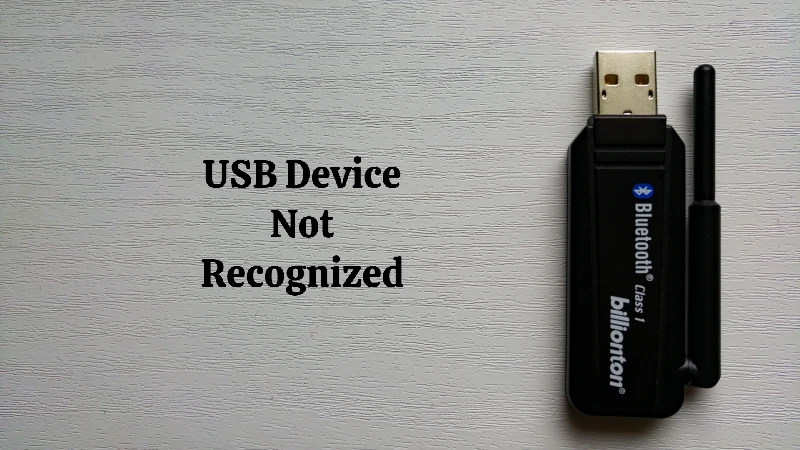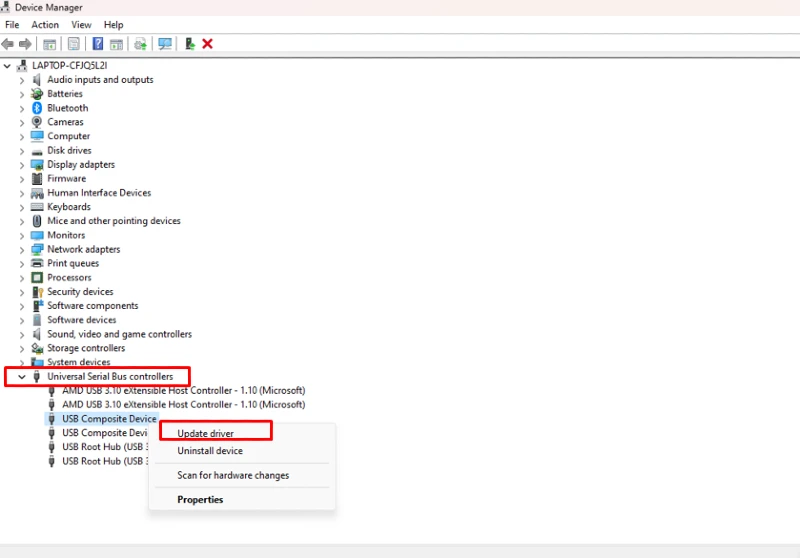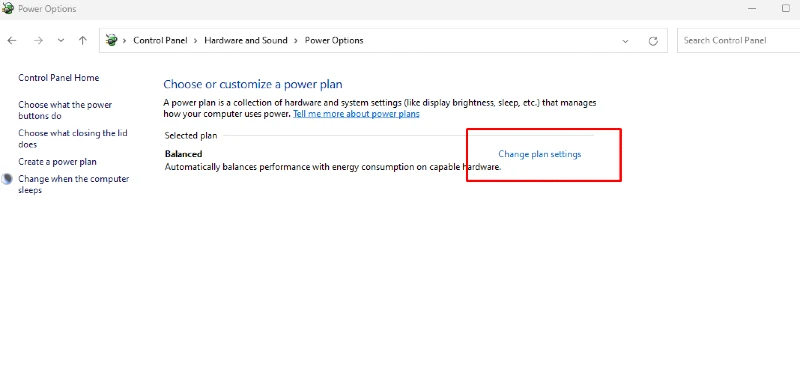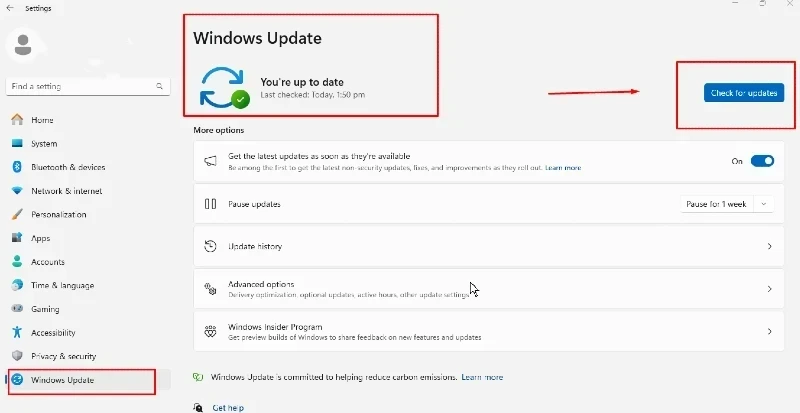Struggling with your computer not recognizing USB devices can be frustrating. We’ll examine practical steps to troubleshoot and resolve “USB Device Not Recognized” errors, ensuring your devices connect smoothly and efficiently. Whether it’s a driver or hardware problem, we’ve provided straightforward solutions.
Reasons Windows Doesn’t Recognize USB Devices

Driver Issues: Outdated, corrupted, or missing USB device drivers can prevent Windows from correctly recognizing and communicating with the connected USB device.
System Damage: Unexpected system errors and erratic behavior can stem from various causes, including user mistakes, malicious software infections, or corrupted complex drive data.
Hardware Malfunction: Physical damage, loose connections, or hardware failure in the USB device, cable, or computer’s USB port can lead to recognition problems.
Power Management Settings: Incorrect power management settings or USB selective suspend options enabled can cause Windows to disable or fail to detect USB devices.
USB Root Hub Issues: Problems with the USB root hub, which manages all USB connections, can result in unrecognized devices.
Conflicting Software: Certain software, such as antivirus programs or system utilities, may affect USB device recognition and functionality.
Windows Updates: Occasionally, updates to Windows can introduce compatibility issues, leading to USB device recognition problems until further updates or hotfixes are released.
9 Fixes: USB Device Not Recognized

Try a Different Port or Device
If the issue persists with a particular USB device, connect it to a different USB port on your computer. The problem may be with the device itself if it still needs recognition. To test this, connect a different USB device to the same port. If the new device is recognized, the original device may be faulty and must be replaced.
Update USB Device Drivers
Outdated or corrupted USB device drivers can often be the culprit behind recognition issues. To update the drivers, follow these steps:

- Open the Device Manager (search for it in the Start menu).
- Expand the “Universal Serial Bus Controllers” section.
- Right-click on each USB device and select “Update driver” or “Uninstall device” (if update is unavailable).
- Follow the on-screen instructions to update or reinstall the drivers from Windows Update or the manufacturer’s website.
Check USB Cable and Ports
Inspect the USB cable for any signs of damage or loose connections. Try using a different cable or USB port on the computer to eliminate hardware issues. If the device is recognized on a different port, the original port may be faulty and require repair or replacement.
Disable USB Selective Suspend
The USB selective suspend feature can cause Windows to turn off USB devices to save power. To turn it off:

- Open the Control Panel, look for Hardware and Sound, and navigate to “Power Options.”
- Click on “Change plan settings” for your current power plan.
- Click on “Change advanced power settings.”
- Expand the “USB settings” section and turn off the “USB selective suspend setting” by setting it to “Disabled.”
Consider Using Third Party PC Solution
Invest in all-in-one PC solutions like Tweaking.
Tweaking addresses “USB Device Not Recognized” errors by removing malicious policies set by malware that turn off essential system functions and disrupt USB recognition. Also, repairs broken or incomplete Windows updates that can cause conflicts and hinder USB device recognition, ensuring updates are correctly installed to restore normal system operations and improve overall USB connectivity.
Download and Install Tweaking now.
Uninstall Conflicting Software
Specific programs like antivirus software or system utilities can interfere with USB device recognition. Try uninstalling any recently installed software that may conflict with USB devices or temporarily turning off the software to see if the issue persists.
Check for Windows Updates
Microsoft regularly releases updates to address various issues, including USB device recognition problems. Check for and install any available Windows updates by following these steps:

- Open the Start menu and search for “Windows Update.”
- Click on “Check for updates” and install any available updates.
Restart the USB Root Hub
The USB root hub manages all USB connections on your computer. Restarting it can sometimes resolve recognition issues:
- Open the Device Manager (search for it in the Start menu).
- Expand the “Universal Serial Bus Controllers” section.
- Right-click on the USB root hub and select “Uninstall device.”
- Restart your computer, and Windows will automatically reinstall the USB root hub drivers.
Change USB Root Hub Settings
Windows’ power-saving mode can disable USB devices, preventing recognition. Disabling USB selective suspend settings resolve this issue.
- Press the Windows + R keys all together
- Type devmgmt.msc in the box to prompt the device manager to open
- Scroll down the list and find Universal Serial Bus Controller; click to expand
- Look for USB Root Hub and right-click it.
- Select Properties to open a new window
- In this new window, select the Power Management tab
- Uncheck Allow the computer to turn off this device to save power.
- Click OK to save your changes, and repeat this for all Root Hubs
- Restart your computer for the changes to take effect.
Menzi Sumile
Verified at:
29/05/2024 06:37
Leave a Reply